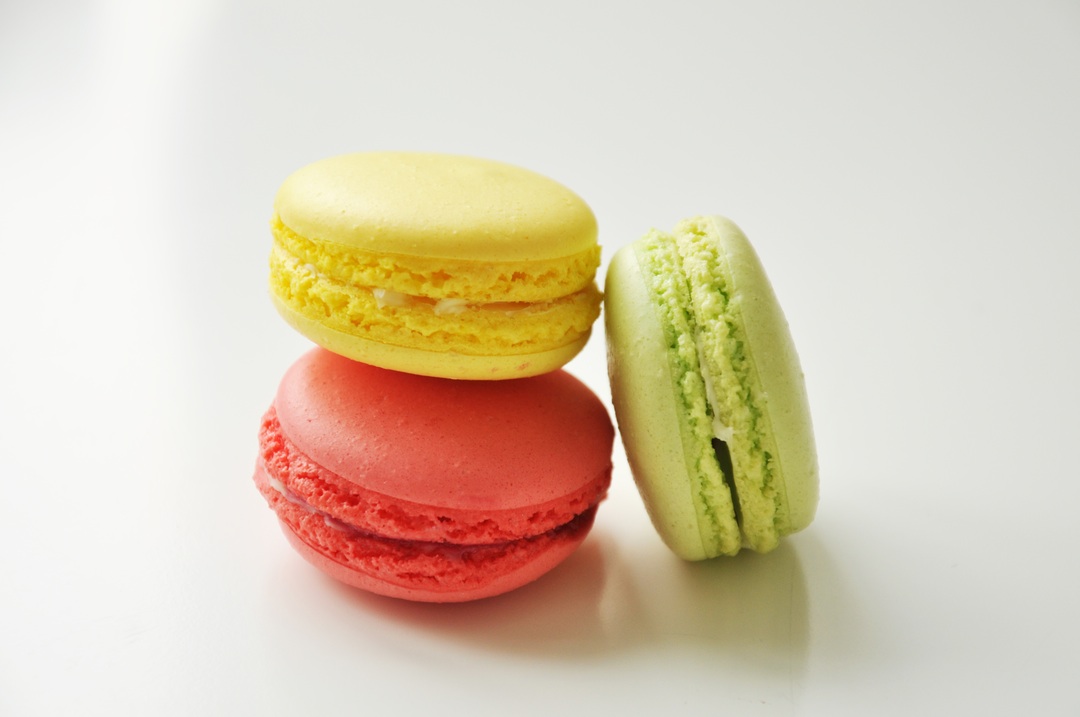OK, take it from me, someone who absolutely loves sugar and could eat Nutella all day long can reduce their sugar intake then so can you! You may not be eating Oreos by the box or sculling cans of Coke, but that doesn't mean a lot of sugar's not in your diet. You're likely eating sugar throughout the day without even realising it. Sugar is added to foods that don't even taste all that sweet, like breads, condiments and sauces, and it adds up! High-sugar diet boosts your odds of tooth decay, heart disease, diabetes and weight gain. Because there is so much sugar in other foods your eating, this is why your constantly still craving sugar as the day goes on, so slash your sugar intake with these simple tips.
1. Read food labels
You'll quickly realise just how often sugar is added to foods when you look for it on ingredients lists. Even things that you don't think are sweet, like tomato sauce, savoury "healthy" crackers and salad dressings can have so much sugar. Ingredients are listed in order of how much exists in the product, so if sugar's near the top, that's a red flag.
2. Learn sugar's aliases
When you read food labels, you'll need to look for more than just the word "sugar." Sugar hides under several sneaky names, including high fructose corn syrup, dried cane syrup, invert sugar, molasses, brown rice syrup, honey, maple syrup and sucrose (or any word ending in "-ose"). These can be listed separately on ingredients lists, so many foods, even seemingly healthy ones like yogurt and cereal, may contain three or four different sugars/sweeteners. If several sugars appear on the label, it's an indication that the food is less healthy than you may think.
3. Never go fake
When you're reducing your sugar intake, you may be tempted to switch to artificial sugars for your sweet fix. But resist the diet soft drink, sugar-free lollies or packets of fake sugar in your latte. These can mess up your taste for sweet so when you eat something sweet, your body expects calories and nutrition, but artificial sugars don't give your body those things. That may be why fake sugars are associated with weight gain—not loss.
4. Think protein and fats
Unhealthy carbs loaded with sugar can cause blood sugar to rise rapidly and fall just as quickly, leaving you hungry again. To minimise this rapid rise and fall, pair protein, healthy fats, and fibre with your meal, all of which can slow down the release of blood sugar in your body and keep you full for longer. Fats are a key player because they help keep you fuller for longer, thus helping to decrease your desire for sugar. Focus on fats like avocados, nuts, seeds, and healthy oils like olive oil, walnut oil, and coconut oil.
5. Enjoy desserts
You can still indulge in a sweet treat after you resolve to slash sugar. The idea is to avoid wasting your daily sugar quota on non-dessert foods like cereals, ketchup, and bread. To avoid overdoing it, set specific rules about when you may enjoy dessert: only after dinner on the weekends or at restaurants as a special treat
6. Stick with it!
At first, cutting down on sugar can feel like an impossible task. Eventually, your taste buds will adjust. Super-sweet foods like ice cream and lollies will start to taste too sweet. When you could have a whole slice of cake before, now a couple bites will be enough. You'll notice the natural sweetness in fruits and vegetables—and yep, they'll taste better, too.





